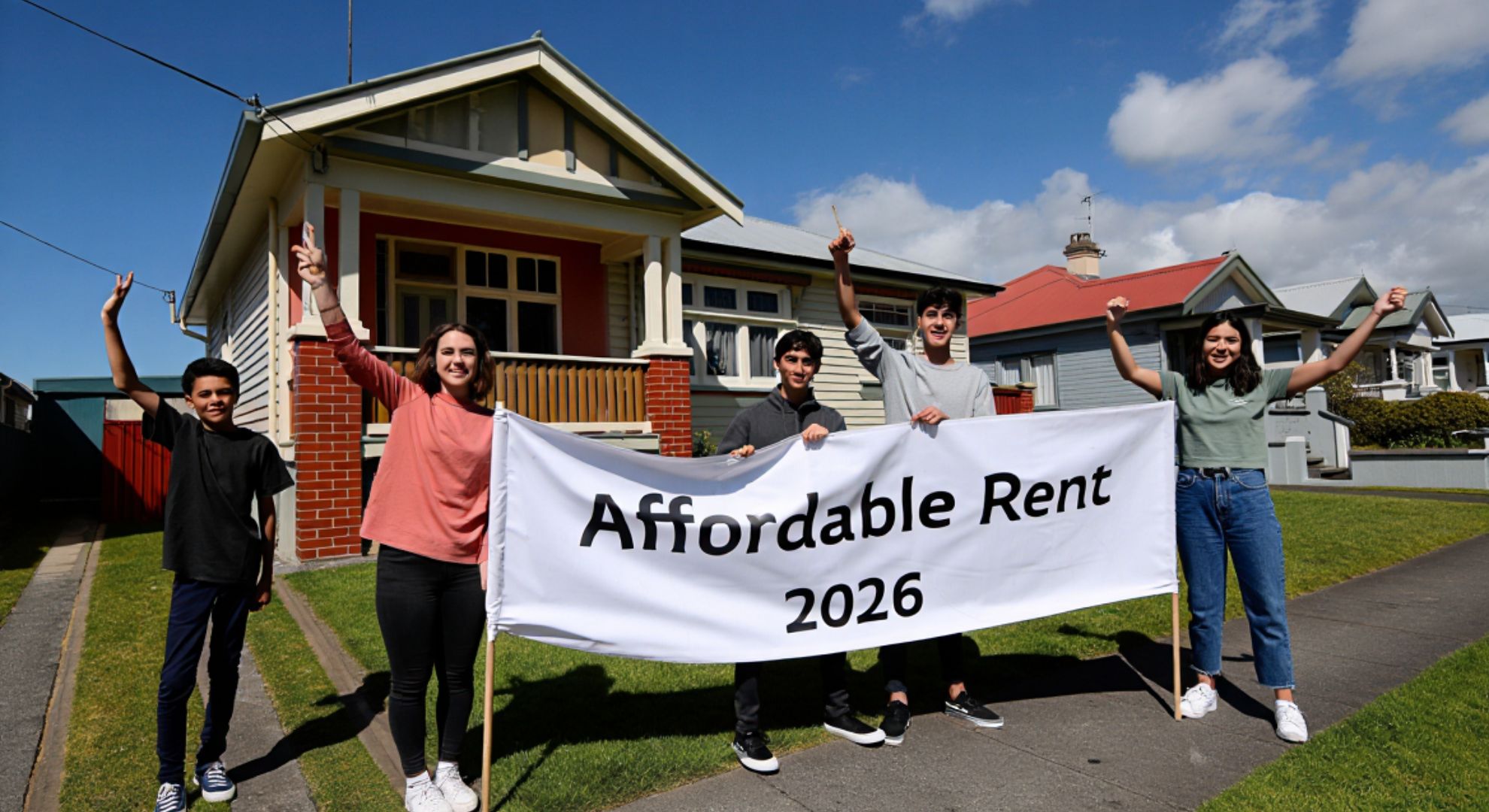Wellington is inching toward a policy shift that would change how the city rents and lives. Policymakers are weighing a framework to cap annual rent increases and tighten oversight of the private rental market, with the earliest start date flagged for 2026. Supporters see a chance to steady household budgets. Skeptics warn of a chill on new building and private investment.
Either way, the city is preparing for a layered debate about what fairness, stability, and supply should look like in a tight housing market.
Why now?
Rents have climbed faster than wages in recent years, and vacancies remain stubbornly low in many suburbs. The combination of net migration, construction bottlenecks, and high financing costs has made affordable rentals harder to find. For a cohort of tenants, the weekly grind of moving costs, bidding wars, and surprise rent jumps has become untenable.
Advocates argue that a cap on increases would “put a floor under household dignity.” Opponents counter that constraints on pricing will “squeeze the very investment needed to expand housing.”
What might the rules look like?
Early discussions focus less on freezing prices and more on predictability. Expect a blend of limits, carve‑outs, and enforcement rather than a single blunt instrument.
- A formula-based cap on annual increases (for sitting tenants), likely linked to inflation, with hardship exceptions; possible exemptions for new builds; clearer notice periods and documentation requirements; a landlord register and strengthened compliance tools; regular reviews and a sunset clause to revisit settings.
Behind the scenes, officials are weighing whether to restrict mid‑tenancy hikes only, or also constrain resets between tenancies. The former preserves turnover flexibility; the latter would go further to restrain overall rent levels but is more contentious.
The stakes for tenants and landlords
For renters, the appeal is straightforward: “We need breathing room, not roulette,” as one advocate puts it. Predictable increases reduce churn and the costs of moving, and they may dampen the incentive for sudden, steep hikes.
Landlords voice a different concern. “Blunt controls scare off capital,” says a property manager. If caps do not track genuine cost increases—rates, insurance, maintenance—owners could defer upgrades or exit the market, thinning supply.
There is also the design paradox: strong exemptions can keep developers building but weaken the policy’s bite; strict universality can protect tenants now but risk fewer homes later.
Lessons from elsewhere
Wellington’s planners are studying experiences in other cities. The common takeaway is that design details matter more than labels.
| Jurisdiction | Model | Reported upsides | Reported risks/criticisms | Relevance to Wellington |
|---|---|---|---|---|
| Proposed for Wellington (2026) | Cap tied to an index; enforcement and review; potential new-build exemption | Predictability, fewer shock hikes, clearer rules | Risk of reduced upgrades/new listings if cap too tight | Calibrate the cap and exemptions; invest in monitoring |
| Auckland (status quo) | No caps; general tenancy rules apply | Flexibility, market signals for new supply | Volatile increases in tight markets | Baseline for comparison if Wellington diverges |
| Berlin | Aggressive freeze then reversal | Short-term relief for sitting tenants | Legal uncertainty; reduced listings; rebound after reversal | Avoid overreach; ensure legal robustness |
| Oregon (statewide cap) | Indexed cap with carve‑outs | Predictability without full freeze | Pressure points at cap boundary; mixed supply response | Consider a transparent formula and clear exceptions |
The pattern is clear: narrow the policy to predictable increases, avoid retroactive freezes, and keep a watchful eye on unintended behaviors like key money or “fees” that mimic rent.
Questions that will decide the outcome
How tight is the cap? Too low, and maintenance suffers; too high, and it’s symbolic. Tethering to a well‑known index helps, but periodic reviews are essential.
Will new builds be exempt, and for how long? Exemptions can safeguard development pipelines. Time‑limiting them can keep long‑term fairness in view.
Can the city actually enforce the rules? A registry, templated notices, and accessible dispute resolution are the difference between law on paper and outcomes in real homes.
What about students and flatshares? Seasonal spikes and room‑by‑room tenancies are fertile ground for loopholes. Clarity on what counts as a “tenancy” under a cap will matter.
Does the policy travel with the tenant or the property? Portability rules can shape incentives to evict, retain, or renovate.
Timeline and how to engage
If cabinet signs off on a preferred model in 2025, secondary legislation and systems could be readied for a 2026 start. That window allows for public consultation, landlord and tenant education, and the build‑out of data tools to track rent movements and vacancies.
Residents should expect a draft framework to be published for feedback, including the cap formula, exemptions, notice requirements, and penalties. Keep an eye on council and central government channels for submission dates. The best-designed regimes emerge when craftspersons and critics meet the same table—builders, renters, community groups, lenders, and local government.
“We’re not choosing between markets and people,” a planner involved in early scoping said. “We’re choosing how to make the market serve people better.”
The success of any reform will hinge on nuance: balancing predictability with investment, protecting today’s tenants without starving tomorrow’s supply, and pairing rules with robust, transparent enforcement. Wellington can thread that needle—if it designs for the city it has while building the one it wants.
